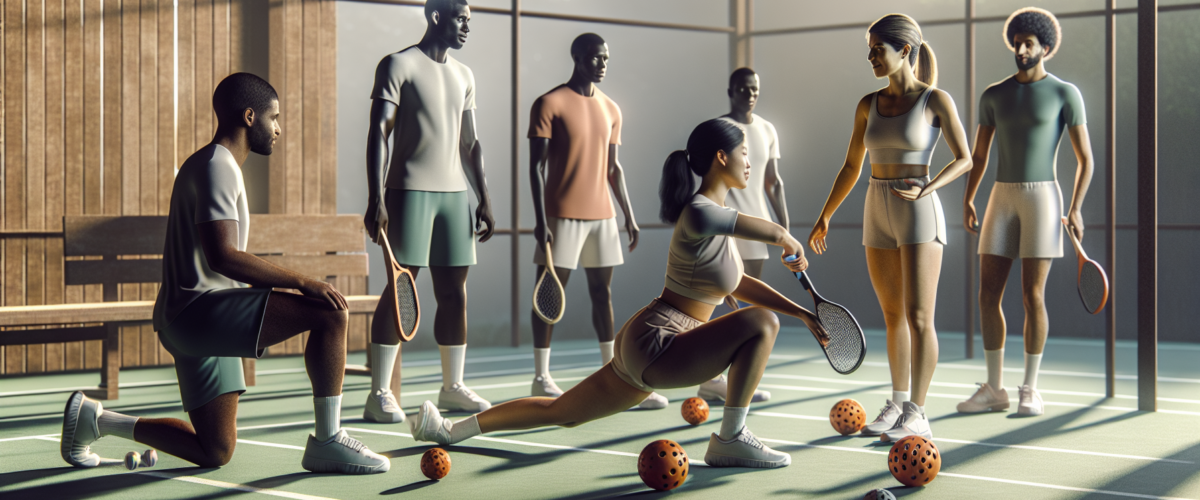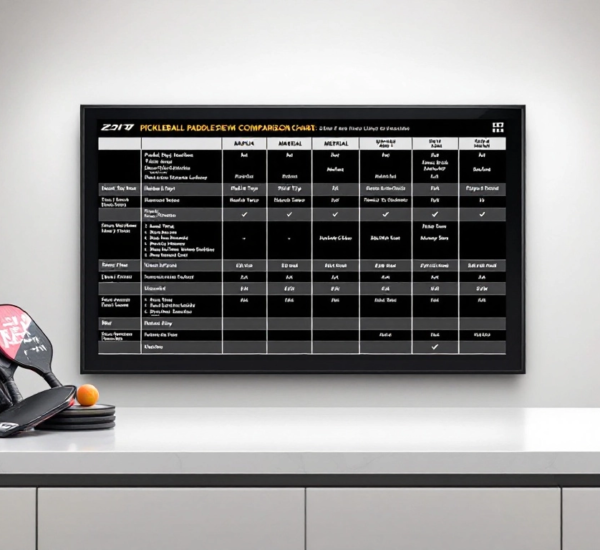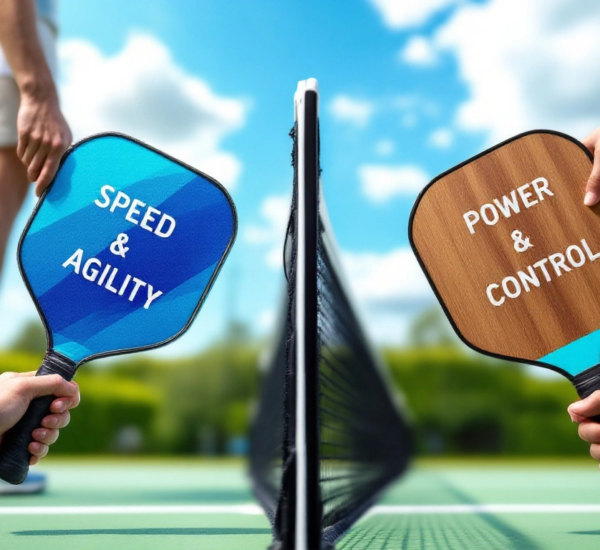Pickleball has taken the sporting world by storm, offering a fun and fast-paced way to stay active. However, with its rise in popularity comes an increase in injuries. Whether you’re dealing with tennis elbow or a sprained ankle, recovering from pickleball injuries is critical to getting back on the court stronger than ever. In this guide, we’ll walk you through everything you need to know about pickleball injury rehabilitation, post-injury exercises, effective treatments, and tips for healing pickleball injuries faster. Addressing injuries properly ensures long-term health and allows you to keep enjoying the sport you love.
Table of Contents
- Common Pickleball Injuries and Their Causes
- Steps to Kickstart Pickleball Injury Rehabilitation
- Essential Post-Injury Exercises for Pickleball
- Effective Pickleball Injury Treatments
- Tips for Healing Pickleball Injuries Faster
- FAQs
- Conclusion
Common Pickleball Injuries and Their Causes
Most Common Injuries in Pickleball Players
Pickleball injuries often occur due to repetitive motions or mishandling intense gameplay. Some of the most common injuries include:
- Tennis elbow: Strain caused by repetitive wrist and forearm movements.
- Rotator cuff strains: Overuse of the shoulder during serves and smashes.
- Wrist, ankle, and knee sprains: Common from sudden lateral movements or missteps on the court.
Why Pickleball Can Cause Injuries
Pickleball’s quick pace and dynamic movements increase the risk of injury. The key contributors include:
- Sudden changes in direction and high-intensity lateral movements.
- Inadequate warm-ups or poor pre-game preparation.
- Playing too often without sufficient rest, leading to overuse injuries.
Preventing Injuries Before They Happen
While injuries can occur, preparation is your best defense. Follow these simple tips:
- Invest in supportive footwear designed for court sports.
- Warm up with dynamic stretches that activate major muscles.
- Explore our comprehensive guide to pickleball warm-ups to maximize injury prevention.
Steps to Kickstart Pickleball Injury Rehabilitation
The R.I.C.E. Model for Acute Injuries
The R.I.C.E. method—Rest, Ice, Compression, and Elevation—is essential for treating acute injuries like sprains or strains. It helps reduce swelling and alleviate pain:
- Rest: Avoid putting weight on the injured area immediately.
- Ice: Apply ice packs in 20-minute intervals to minimize inflammation.
- Compression: Use bandages or wraps for support.
- Elevation: Keep the injured limb raised above heart level for better blood flow.
Importance of Consulting a Professional
If pain persists or worsens, seek help from a sports physiotherapist. A professional can design a tailored rehabilitation plan and help you avoid long-term complications. Here’s a helpful resource from the American Academy of Orthopaedic Surgeons to learn more about rehab for sports injuries.
Creating a Recovery Timeline
Set realistic goals for your return to pickleball. Listen to your body, and avoid rushing back too soon to prevent setbacks.
Essential Post-Injury Exercises for Pickleball
Low-Impact Exercises for Recovery
Ease back into movement with low-impact activities like:
- Swimming: Water therapy can help you regain muscle control without adding strain.
- Gentle stretches: Focus on flexibility to maintain mobility.
Strengthening Muscles Around the Injury
Gradually rebuild strength in the affected area by incorporating resistance bands and light weights into your routine.
Building Flexibility and Mobility
Include activities like yoga to increase flexibility and foam rolling to reduce muscle tension. Explore our low-impact exercise guide for more ideas.
Effective Pickleball Injury Treatments
At-Home Remedies
Relieve pain and inflammation at home with these methods:
- Alternate between heat and cold therapy based on the injury stage.
- Use over-the-counter pain relievers cautiously. [Refer to Mayo Clinic’s pain relief guide for safety tips.]
Medical Interventions
If at-home treatments don’t suffice, consider physical therapy for long-term healing or explore alternative therapies like acupuncture and chiropractic care.
Nutrition for Recovery
A diet rich in anti-inflammatory foods—like leafy greens, berries, and fatty fish—can accelerate healing. Don’t forget to hydrate!
Tips for Healing Pickleball Injuries Faster
Proper Rest and Recovery Strategies
Use downtime to mentally recharge and create a gentle schedule to regain strength without overexerting yourself.
Minimizing Re-injury Risk
Invest in supports like knee braces or elbow wraps, and ease back into the game gradually. Check out our list of the best pickleball gear for injury prevention.
Staying Motivated During Recovery
Set small recovery milestones to track your progress, and connect with online communities for support and encouragement.
Frequently Asked Questions
What are the most common injuries in pickleball, and how can I avoid them?
Common injuries include tennis elbow, sprains, and rotator cuff strains. Prevent them by warming up properly and using good footwear.
How long does it take to recover from pickleball injuries?
Recovery depends on the injury’s severity. Minor strains may take a few weeks, while more severe injuries could require months.
Can I continue playing pickleball while recovering from an injury?
If cleared by a medical professional, modify your gameplay to reduce strain during the recovery process.
What exercises should I avoid after an injury?
Avoid high-impact or high-resistance exercises that place undue stress on the injured area.
How can I stay active during recovery?
Try low-impact activities like swimming or yoga to maintain fitness levels while allowing your injury to heal.
Conclusion
Recovering from pickleball injuries is an essential part of maintaining your health and keeping your love of the game alive. By following these rehabilitation strategies, incorporating post-injury exercises, and prioritizing proper treatment, you can make a full recovery and come back stronger. Ready to get started? Explore our exclusive pickleball training programs and take the first step toward getting back on the court.




